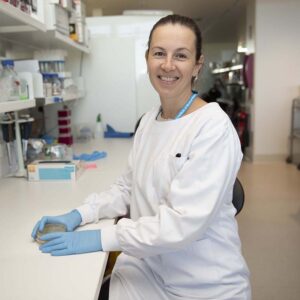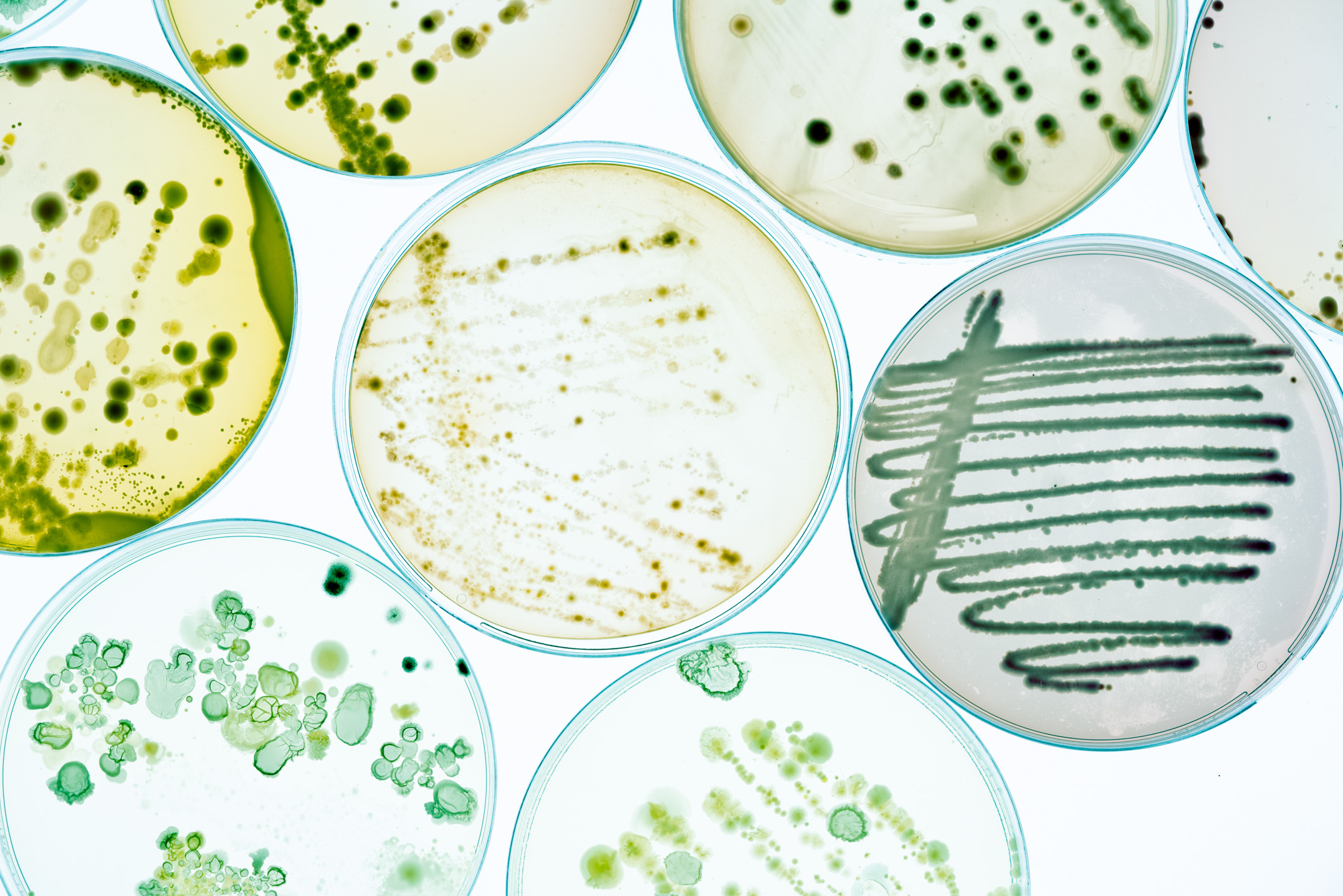Antibiotics are powerful drugs used to treat bacterial infections.
Although they have saved countless lives, their overuse has caused drug-resistant superbugs.
Antimicrobial resistance (AMR) occurs when microbes develop resistance to the drugs designed to kill them.
The World Health Organization says AMR is one of the top 10 global public health threats. In 2019, 1.27 million people died from AMR – more than HIV/AIDS or malaria.
But a new test developed by WA scientists could be a game-changer.
fast results
Scientists from the University of Western Australia, PathWest and the Harry Perkins Institute developed the new ‘flow cytometry-assisted antimicrobial susceptibility testing’ (FAST).
The new test is more targeted and accurate than current tests. It’s also a lot faster.
Current tests can take up to five days to identify infecting bacteria and an effective antibiotic to combat it.
FAST can detect a bacterial infection within 30 minutes and the most effective antibiotic treatment in less than five hours.
how does it work?
During a FAST, a flow cytometer machine passes individual bacterium, floating in a suspension, in front of lasers and measures the output with sensitive detectors. It can rapidly analyse hundreds of thousands of individual bacteria cells.

flow cytometer machine | Pacific Northwest National Laboratory via flickr
Dr Christine Carson is a Senior Research Fellow at UWA who co-authored the study.
She says the test offers “a tremendous amount of detail” when exposing bacteria to antibiotic drugs.
“We can see signatures, different patterns of changes in the [bacterial] populations that we get, depending on which drug has been used,” says Christine.
According to her, the test has potential applications beyond the diagnostic lab.
HOW COULD IT HELP?
Part of a global effort to combat AMR is a focus on identifying new antimicrobial drugs.
The amount of detail obtained from FAST will enable drug researchers to screen candidate drugs in new ways – opening new doors in the fight against bacterial infections.
The testing method can rapidly screen hundreds of novel compounds and identify those that are effective at killing even the most drug-resistant bacteria.
Flow cytometry-assisted antimicrobial susceptibility testing offers speed and precision for our battle against superbugs.
When it comes to antibiotics, Christine says the key question is “how do you assess antimicrobial susceptibility?”









